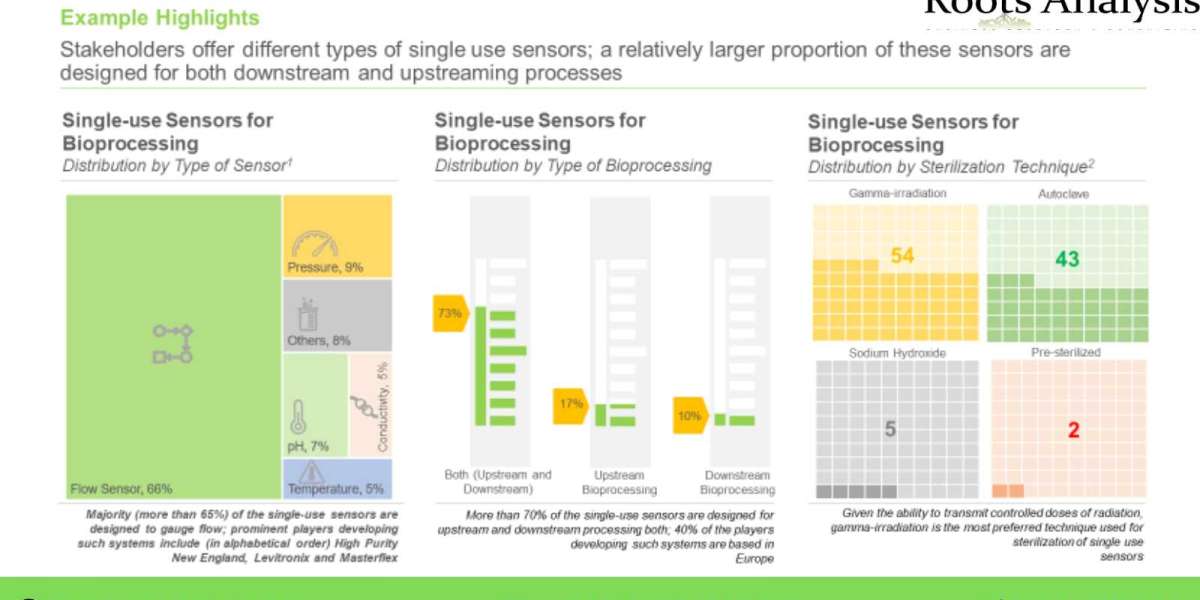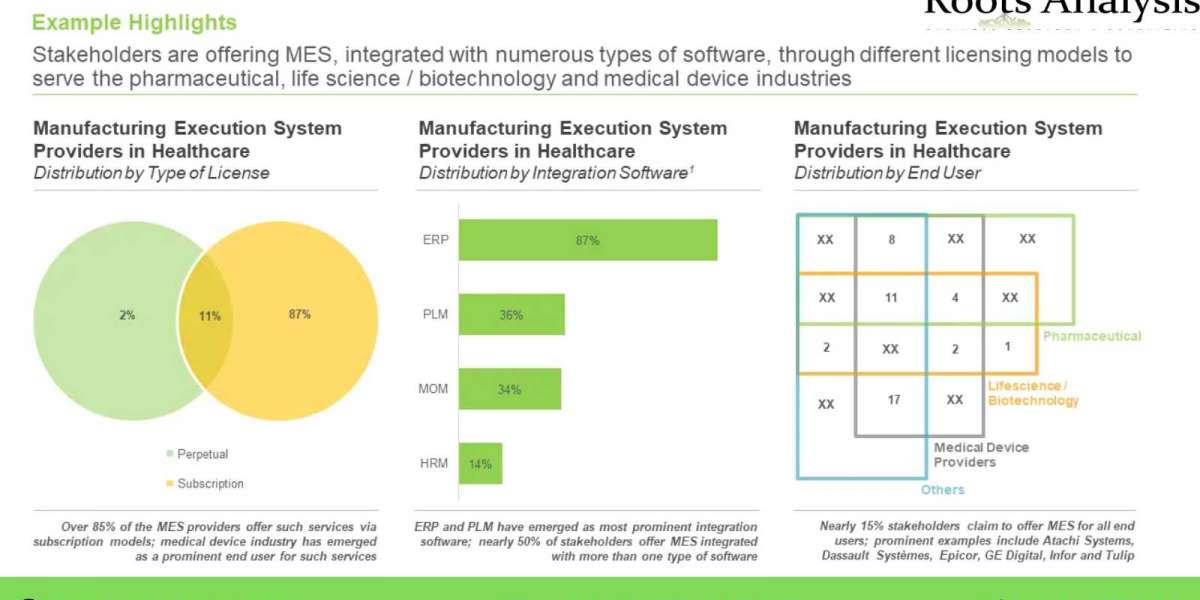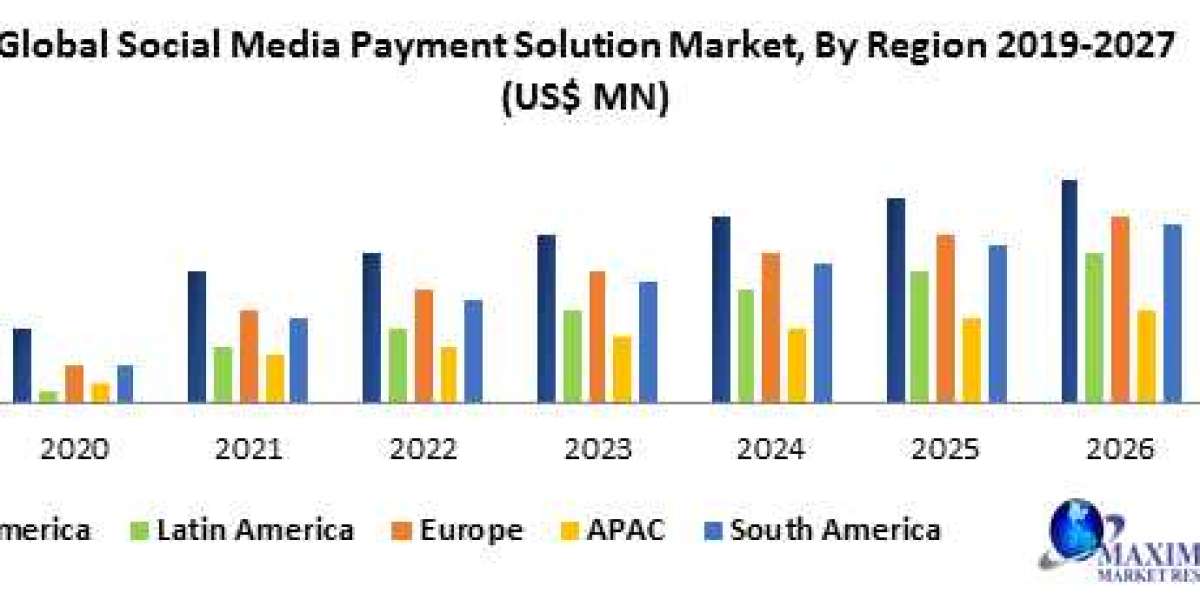Sensors are used to detect events or changes in environment parameters during a bioprocess control. These can be classified based on the type of variables measured, which include chemical variables (pH, dissolved oxygen or substrate or product concentration), physical variables (temperature, pressure, or viscosity), and biological variables (biomass concentration/morphology or biomass productivity). These sensors can also be classified on the basis of different principles used for measuring the variables, such as electrochemical sensors, optical chemosensor systems (known as optodes), optical spectroscopic sensors, and calorimetric sensors.
Further, sensors can be classified on the basis of their placement and integration within the bioreactor. Sensors and controllers can be submerged in a liquid phase inside the bioreactor, submerged in a gas phase inside the bioreactor, in the exhaust gas stream, or placed with no physical connection to the bioreactor. Based on the abovementioned classification the sensors can be broadly categorized as follows:
- At-line Sensors: These types of sensors provide data obtained by procedures performed after a short delay in the sampling and analysis. In case of filtration for high-performance liquid chromatography analysis and derivatization for gas chromatography, analytes are accessible after pre-treatment only.
- In-line sensors (known as in situ sensors): These sensor types are in direct contact with the process, either with the liquid or gas phase. These help in providing data of the bioprocess in an online format.
To request sample please visit: - https://www.rootsanalysis.com/reports/single-use-sensors-for-bioprocessing/request-sample.html
Single-use sensors offer a number of benefits, such as ease of use, and convenience components, while providing the accuracy and robustness of traditional measurement techniques. Further improvements in analytical equipment, sensors and probes may facilitate process quantification and process analytical technology (PAT). Therefore, as bioprocessing processes becomes increasingly monitored by improved and novel detection methods (chemical, physical, and microbiological) and assays including single-use sensors, the output obtained can be further used for mathematical modeling and risk analysis.
The key advantages associated with SUT include reduced risk of cross-contamination, lower capital expenditure, and flexibility. Single-use bioprocessing systems are known to significantly reduce operation and manufacturing costs along with maintaining the overall quality of the product. The major advantages offered by single-use technologies are listed below:
- Cost Reduction
- Increased Productivity
- Easy Disposal
- Less Energy and Water Demand
- Time Saving
- Reduced Risk of Cross-Contamination
For additional details, please visit https://www.rootsanalysis.com/reports/single-use-sensors-for-bioprocessing.html or email [email protected]
You may also be interested in the following titles:
- Targeted protein degradation market, 2022-2035
- Single-Use Downstream Bioprocessing Technology Market , 2022-2035
Contact:
Ben Johnson
+1 (415) 800 3415








